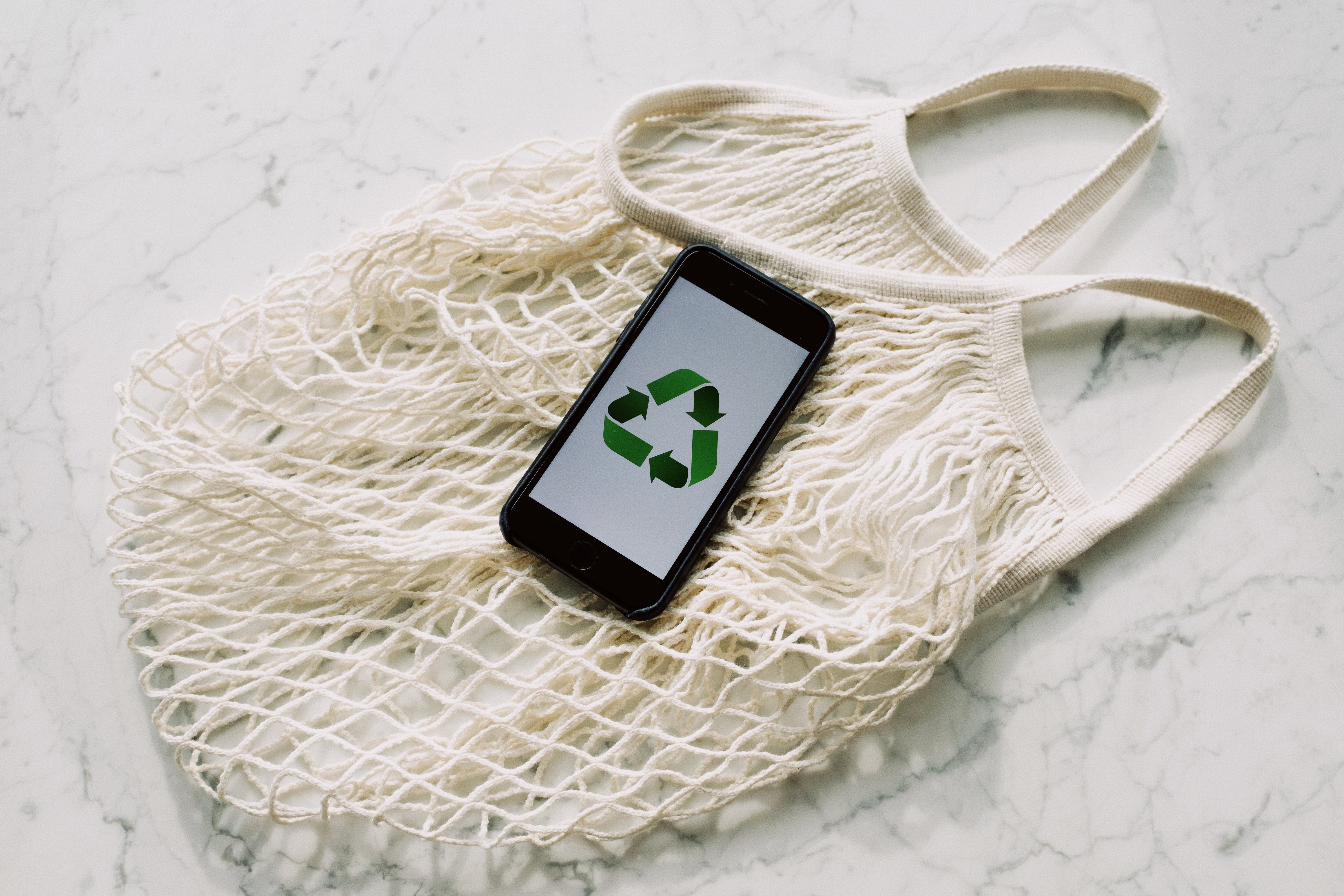Deciphering Green: Navigating the Maze of Sustainable Choices

In a world increasingly conscious of its environmental footprint, the pursuit of sustainability is not just a trend but a necessity. However, this journey is often mired in complexity, especially when it comes to choosing eco-friendly products. The challenge lies not only in the variety of products available but also in understanding their true impact on the environment. This complexity can be overwhelming for consumers who aspire to make ethical, sustainable choices but find themselves lost in a sea of options and information.
The Diverse World of Sustainable Products
The market is brimming with a wide array of sustainable products, each with its unique environmental benefits and drawbacks. From organic clothing and natural personal care items to eco-friendly home decor and zero-waste kitchen essentials, the choices are as diverse as they are numerous. While this variety offers consumers the flexibility to choose products that align with their values and lifestyles, it also adds layers of complexity to the decision-making process.
Understanding the Lifecycle of Products
The true measure of a product's sustainability goes beyond its immediate use. It encompasses the entire lifecycle: how it's sourced, manufactured, transported, used, and eventually disposed of or recycled. For example, a product made from recycled materials might appear sustainable, but if it's manufactured using excessive water or energy, or if it's shipped across the globe, its environmental impact could be significant. Similarly, products that boast biodegradability might not degrade as efficiently in landfills due to lack of proper conditions.
Evaluating Environmental Claims
In the quest to make sustainable choices, deciphering the authenticity of environmental claims is a crucial challenge. Terms like 'eco-friendly', 'green', 'natural', and 'organic' are often used liberally, sometimes without adherence to strict standards. This phenomenon, known as 'greenwashing', can mislead well-intentioned consumers. Therefore, it’s essential to research and understand these claims, looking for certifications and credible evidence of a product's environmental impact.
Balancing Cost and Accessibility
Another layer of complexity in sustainable choices is the cost and accessibility of eco-friendly products. Often, sustainable products come with a higher price tag due to the more expensive processes involved in their ethical production and sourcing. This raises questions about the accessibility of sustainable living, making it a privilege rather than a universally accessible choice.
Coping with Eco-Anxiety
For many, the overwhelming complexity of making sustainable choices can lead to eco-anxiety – a sense of helplessness and guilt over environmental issues. The pressure to make perfect eco-friendly choices can be paralyzing, leading to inaction rather than imperfect action.
Navigating the Complexity
Despite these challenges, there are strategies to navigate the complexity:
-
Prioritize and Focus: Start with what matters most to you. Whether it's reducing plastic use or supporting fair trade practices, focusing on a few key areas can make decision-making more manageable.
-
Educate Yourself: Invest time in understanding the environmental impact of different products and industries. This knowledge will empower more informed choices.
-
Seek Transparency and Certifications: Look for products with credible certifications and companies that are transparent about their manufacturing processes and supply chains.
-
Embrace Incremental Changes: Sustainability is a journey. Embracing small, incremental changes can collectively lead to significant impact.
-
Support Policy Changes: Individual action is vital, but systemic change is crucial. Supporting policies and initiatives that promote sustainability can lead to broader impacts.
The path to sustainable living, while complex, is an essential one. It requires patience, education, and a willingness to embrace imperfection in our choices. As consumers, our collective decisions hold the power to drive change and steer towards a more sustainable future. By navigating these complexities with awareness and intention, we can contribute to a healthier planet, one choice at a time.













